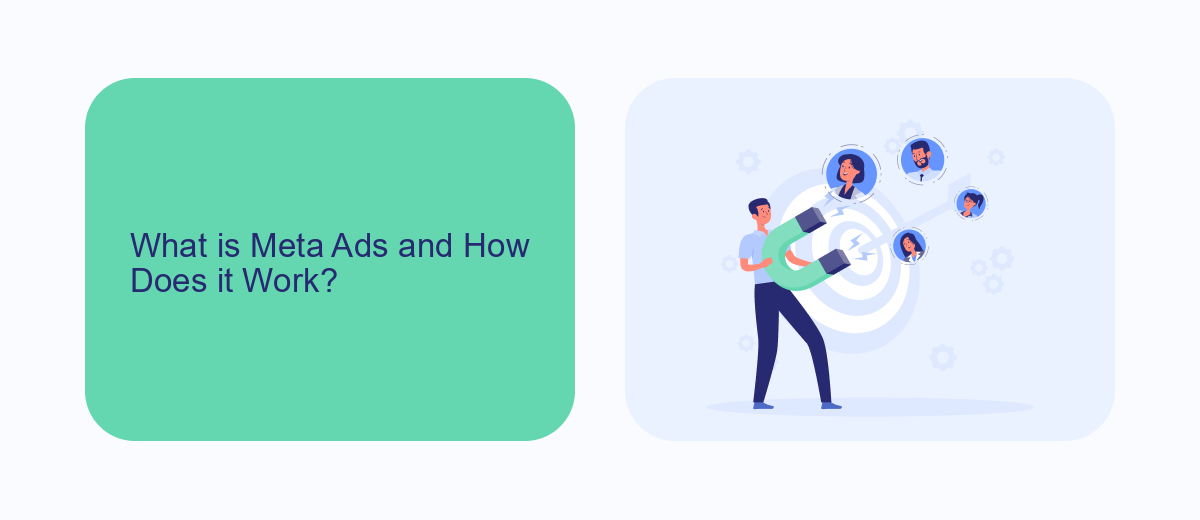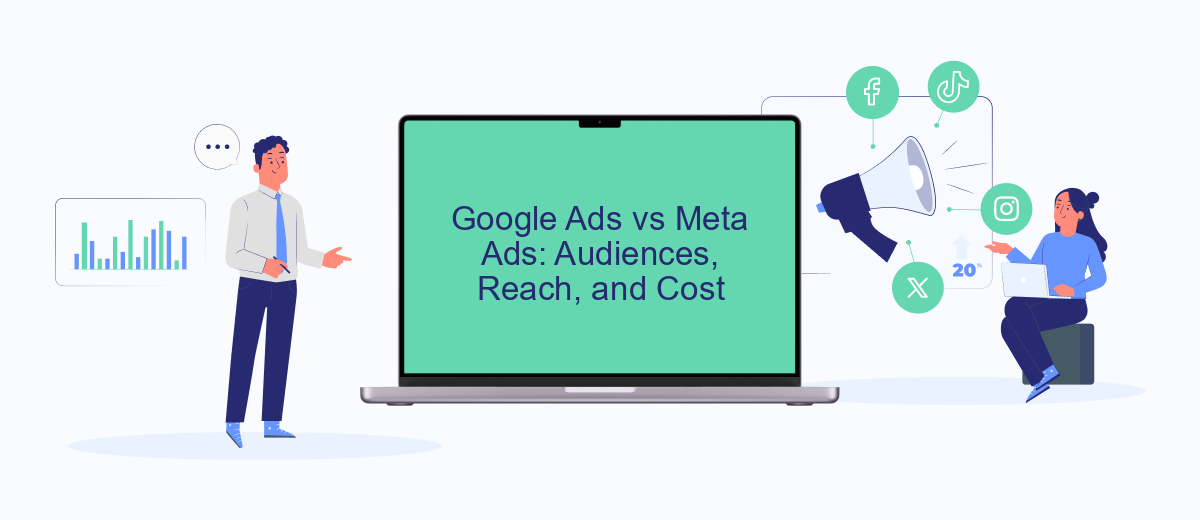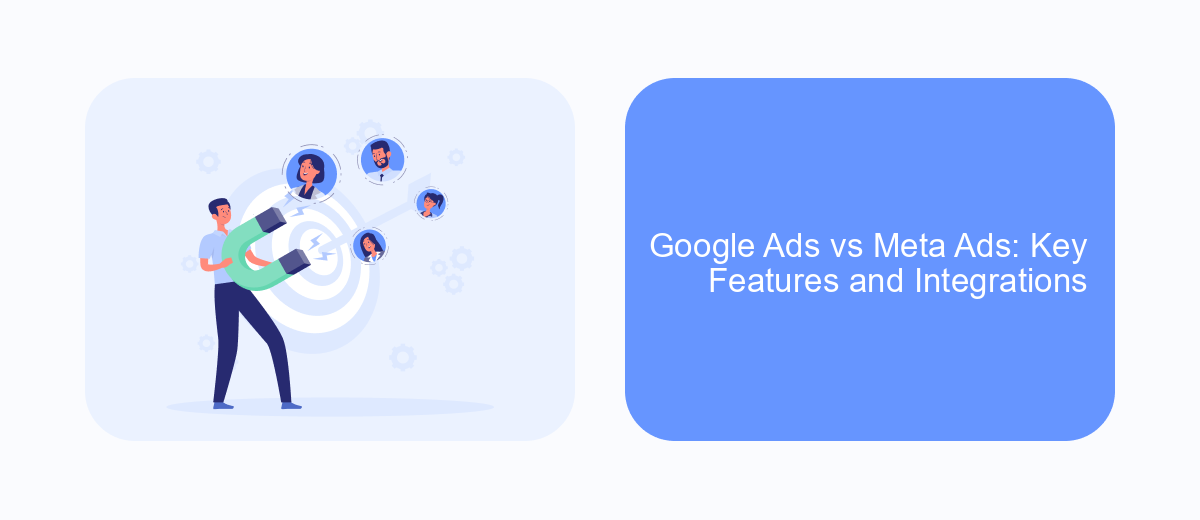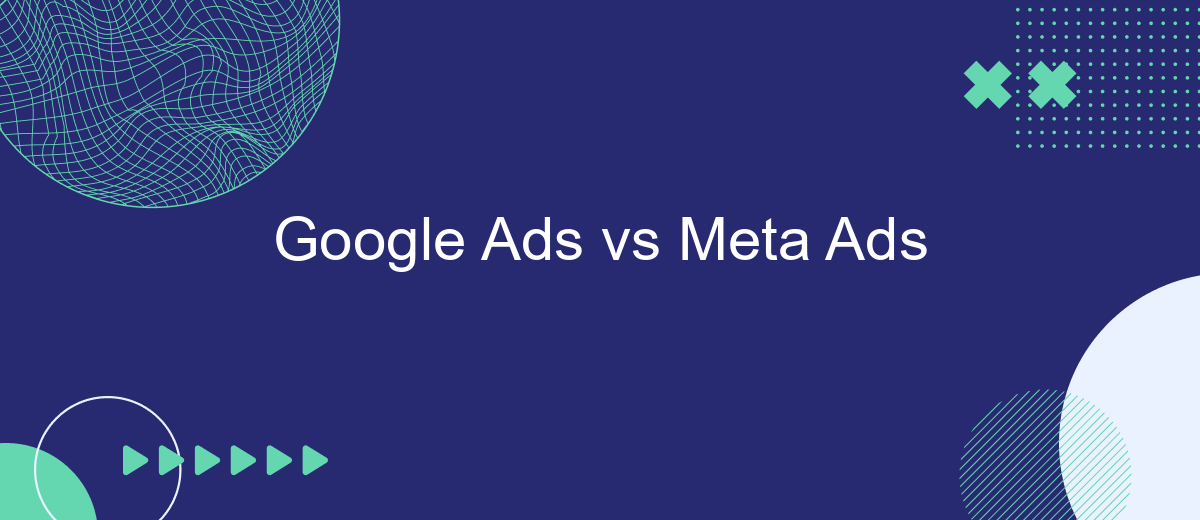In the ever-evolving landscape of digital marketing, businesses face a crucial decision: Google Ads or Meta Ads? Both platforms offer unique advantages and challenges, making it essential to understand their key differences. This article delves into the strengths and weaknesses of each, helping you determine which advertising solution aligns best with your marketing goals and audience.
What is Google Ads and How Does it Work?
Google Ads is an online advertising platform developed by Google, where advertisers pay to display brief advertisements, service offerings, product listings, and video content. It works on a pay-per-click (PPC) model, meaning advertisers pay each time a user clicks on one of their ads. The platform allows businesses to target users based on keywords, demographics, and interests, ensuring that ads reach a relevant audience.
- Keyword Targeting: Choose specific words or phrases relevant to your business.
- Ad Formats: Utilize text, image, video, and shopping ads.
- Budget Control: Set daily or monthly budgets to manage spend.
- Performance Tracking: Monitor ad performance and optimize campaigns.
- Integration: Use services like SaveMyLeads to streamline lead management.
To get started with Google Ads, businesses create an account, set up their first campaign, and choose their target audience. They then create ads and select keywords that potential customers are likely to use. Google Ads provides various tools and metrics to help advertisers optimize their campaigns and achieve their marketing goals effectively.
What is Meta Ads and How Does it Work?

Meta Ads, formerly known as Facebook Ads, is the advertising platform for Meta, the parent company of Facebook, Instagram, Messenger, and WhatsApp. This platform allows businesses to create targeted ad campaigns that reach specific demographics, interests, and behaviors. By leveraging the vast amount of user data available on these social media platforms, advertisers can craft highly personalized ads that are more likely to engage users and drive conversions.
Setting up Meta Ads involves creating an ad account, defining your target audience, choosing ad placements, and setting a budget. The platform offers various ad formats, including image, video, carousel, and slideshow ads. For those looking to streamline their ad management and integration with other marketing tools, services like SaveMyLeads can be invaluable. SaveMyLeads automates the process of connecting Meta Ads with CRM systems, email marketing platforms, and other business tools, ensuring that leads are efficiently captured and nurtured. This helps businesses maximize their advertising ROI by maintaining seamless workflows and better tracking campaign performance.
Google Ads vs Meta Ads: Audiences, Reach, and Cost

When comparing Google Ads and Meta Ads, it's essential to consider their audiences, reach, and cost. Both platforms offer unique advantages and cater to different marketing needs, making them suitable for various business objectives.
- Audiences: Google Ads targets users based on search intent, keywords, and browsing behavior, making it ideal for capturing high-intent leads. Meta Ads, on the other hand, leverage detailed demographic and interest-based targeting, which is effective for brand awareness and engagement.
- Reach: Google Ads benefits from the vast network of Google Search and Display Networks, reaching users across millions of websites and apps. Meta Ads tap into Facebook, Instagram, and Messenger, providing access to a massive global user base actively engaging with social content.
- Cost: The cost structure differs, with Google Ads often having higher CPCs due to competitive bidding for high-intent keywords. Meta Ads can be more cost-effective for broad reach and engagement, though costs can vary based on audience targeting and ad placements.
Choosing between Google Ads and Meta Ads depends on your business goals and target audience. For seamless integration and optimized ad campaigns, consider using SaveMyLeads, a service that streamlines lead management and enhances ad performance across both platforms.
Google Ads vs Meta Ads: Key Features and Integrations

When comparing Google Ads and Meta Ads, it's essential to understand the unique features and integrations each platform offers. Google Ads primarily focuses on search intent, displaying ads based on keywords users type into the search engine. On the other hand, Meta Ads (formerly Facebook Ads) leverages user demographics, interests, and behaviors to target audiences on Facebook, Instagram, and other Meta platforms.
Both platforms offer robust integration options to streamline ad management and performance tracking. Google Ads integrates seamlessly with Google Analytics, Google Tag Manager, and various CRM systems. Meta Ads provides integrations with Facebook Pixel, Instagram Shopping, and third-party analytics tools.
- Google Ads: Search-based targeting, Google Analytics integration, CRM compatibility.
- Meta Ads: Demographic and interest targeting, Facebook Pixel, Instagram Shopping.
For businesses looking to automate and optimize their ad campaigns, services like SaveMyLeads can be invaluable. SaveMyLeads enables easy integration between Google Ads, Meta Ads, and various CRM systems, ensuring that leads are captured and managed efficiently. This can significantly enhance the effectiveness of your advertising efforts on both platforms.
Choosing Between Google Ads and Meta Ads
Choosing between Google Ads and Meta Ads largely depends on your business goals, target audience, and budget. Google Ads excels in search intent, capturing users actively looking for products or services, making it ideal for direct response campaigns. On the other hand, Meta Ads (formerly Facebook Ads) shine in social engagement, allowing businesses to reach users based on their interests, behaviors, and demographics, which is perfect for brand awareness and customer engagement.
When deciding, consider your integration needs as well. Services like SaveMyLeads can streamline your ad campaigns by automating lead data transfer between platforms, ensuring you don’t miss any potential customers. This can be particularly useful if you’re running multiple campaigns across both Google and Meta Ads, as it allows for seamless data synchronization and more efficient lead management.
- Automate the work with leads from the Facebook advertising account
- Empower with integrations and instant transfer of leads
- Don't spend money on developers or integrators
- Save time by automating routine tasks
FAQ
What are the main differences between Google Ads and Meta Ads?
Which platform is better for B2B marketing?
How can I track the performance of my ads on both platforms?
What is the cost difference between Google Ads and Meta Ads?
Can I use both Google Ads and Meta Ads simultaneously for my marketing campaigns?
SaveMyLeads is a simple and effective service that will help you automate routine tasks and optimize business processes. Stop wasting time uploading leads from Facebook manually – you can do it automatically, saving a lot of time and money. Eliminate routine from workflows and achieve more with minimal investment of money, effort and human resources.

